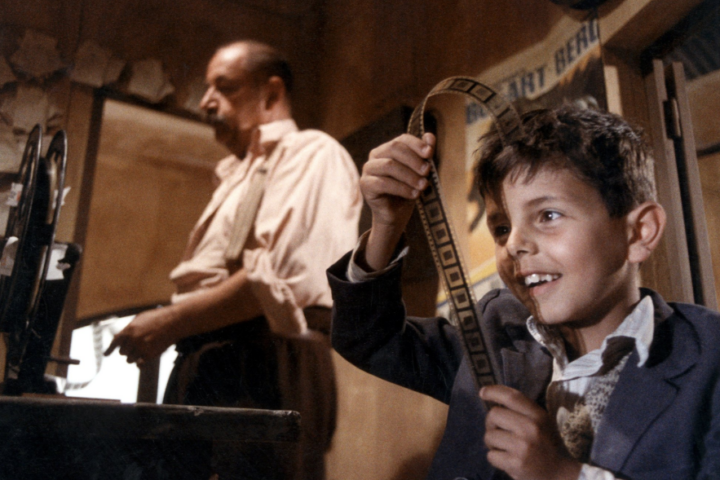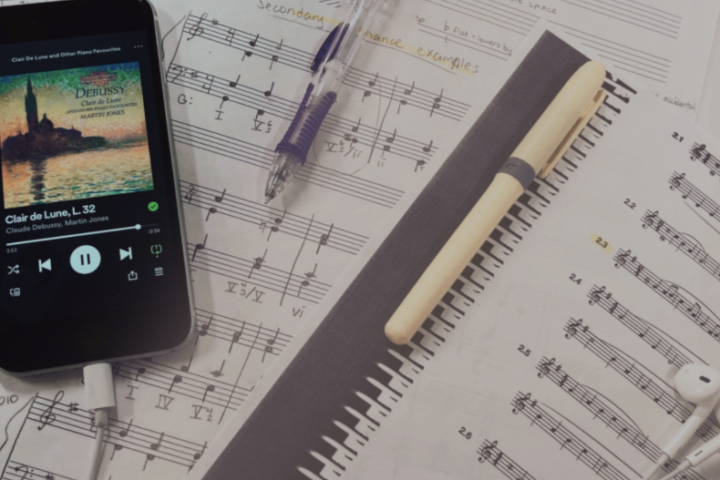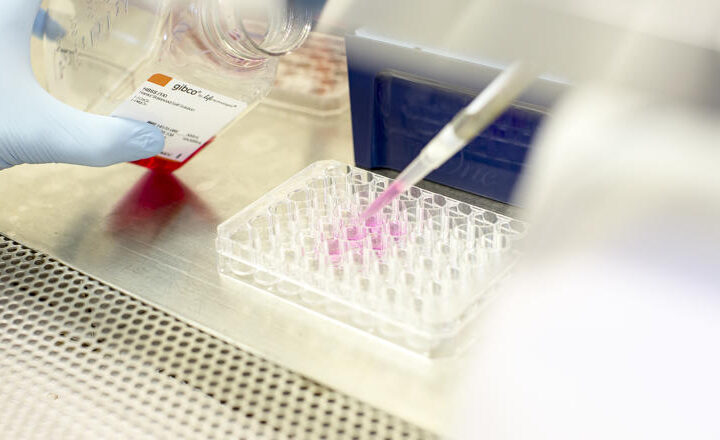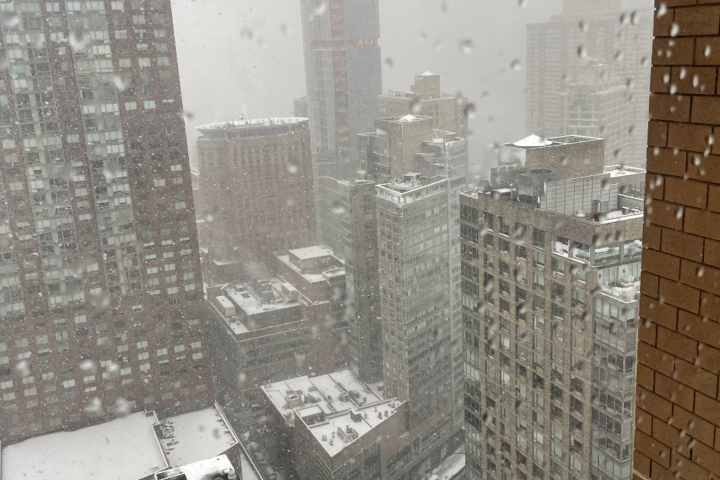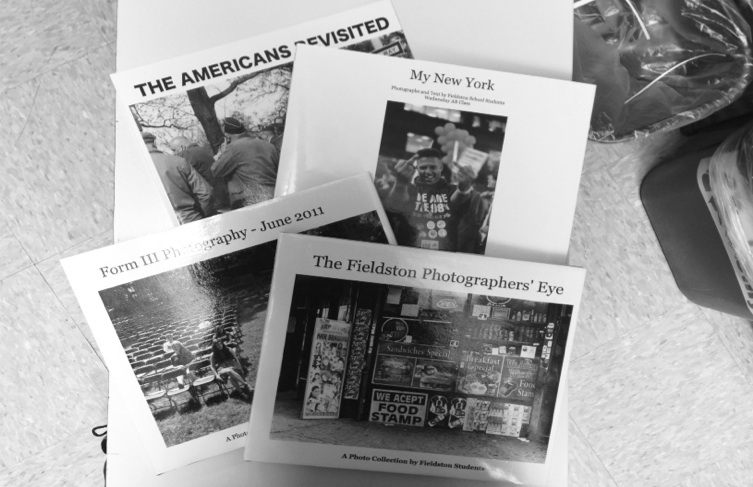
Last spring, in various photography classes captured moments ranging from panoramas of the familiar school campus to action shots of the streets of New York City and images of exotic, far-flung destinations. Mr. Stracke has been working on a book featuring these photgraphs. So far, one book has been finished and another one is in the works. Mr. Stracke says he was inspired by photographer John Caponigro.
The photos were taken on film, scanned to the computer, and edited with Photoshop. They were then placed into the book using Blurb, a computer program. The project integrated both film and digital media, acquainting students with old and new procedures. Mr. Stracke says that he would like the photography program at Fieldston to encompass both media in the future,, although he wants to maintain an emphasis on film photography because it allows students to “handle actual things in the world,” rather than clicking on a screen. When you slow down to make film pictures, he says, you have a deeper, more personal connection to the art, just as one might with drawing, painting, or sculpting. Mr. Stracke also wants to integrate more modern technology into that process to expose a greater diversity of art to students. This expansion could lead to more interdisciplinary work in the photography studio.
The future of the books is currently uncertain. The original idea was to let parents buy it, but now it is more likely that the administration will put it on display as an example of student work during the Progressive Teaching Institute, a program for faculty to discuss progressive education at Fieldston that takes place every summer since 2012.

